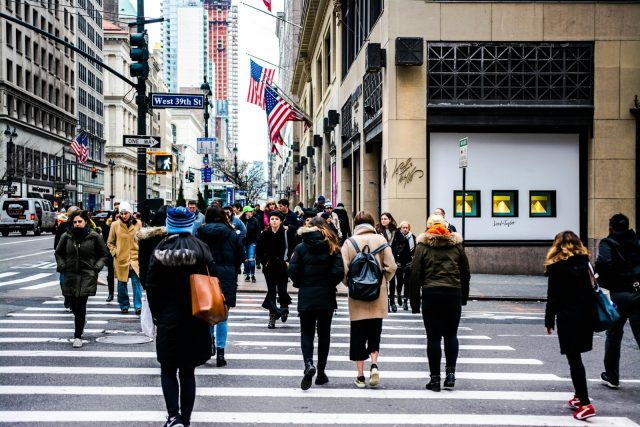
Texting, eating, or fiddling with navigation systems are among the most common reasons drivers fail to see pedestrians in time. Denver pedestrian accident lawyers often rely on phone records and traffic camera footage to prove that distraction played a role. This piece explores how modern tools uncover the truth behind inattentive driving.
What is Driver Distraction and How Does it Occur?
Defining Driver Distraction
Driver distraction occurs when a vehicle operator’s attention is diverted away from the primary task of driving. This can arise from various sources, such as visual, manual, or cognitive distractions. Visual distractions occur when a driver’s gaze is pulled away from the road, while manual distractions involve taking one’s hands off the wheel. Cognitive distractions, however, are perhaps the most insidious, as they involve a mental shift in focus, detracting from the driver’s ability to process information critical to safe driving.
Common Sources of Distraction
A multitude of factors can contribute to driver distraction, each impacting an individual’s driving performance differently:
- Mobile Devices: Texting or browsing on a smartphone is a leading cause of visual and manual distractions.
- In-Car Electronics: Adjusting the radio, GPS, or climate controls can divert attention and hands from the steering wheel.
- Passengers: Engaging in conversations or managing children in the back seat can lead to significant cognitive distraction.
- External Factors: Billboards, roadside activities, and other traffic incidents can distract drivers from the road.
The Impact on Crosswalk Safety
Understanding how distractions affect driving is especially crucial for crosswalks, where the stakes are high. Distracted drivers may fail to notice pedestrians, misjudge their speed, or overlook traffic signals. This lack of attention can result in near misses or, tragically, collisions. Given the unpredictable nature of pedestrian movements and the shared responsibility for safety, minimizing driver distraction becomes essential to safeguarding crosswalks.
Impact of Driver Distraction on Crosswalk Safety
The Prevalence of Driver Distraction
Driver distraction has become an increasingly significant concern in traffic safety, particularly in environments where pedestrian interaction is frequent, such as crosswalks. With the advent of technology and the proliferation of smartphones, drivers are more susceptible than ever to distractions. According to recent studies, a substantial percentage of road accidents are attributed to distracted driving, highlighting the persistent threat to crosswalk safety.
Types of Distractions Affecting Drivers
Distractions can be broadly categorized into three types: visual, manual, and cognitive. Visual distractions occur when drivers take their eyes off the road, manual distractions involve taking their hands off the steering wheel, and cognitive distractions happen when a driver’s mind is not focused on driving.
The combination of these distractions can be particularly hazardous in crosswalk areas. For instance, a driver may be visually distracted by a billboard, manually distracted by handling a beverage, or cognitively distracted by a phone conversation, each increasing the likelihood of missing crucial pedestrian signals.
Consequences for Pedestrian Safety
The consequences of driver distraction in crosswalks can be severe. Pedestrians rely on drivers to halt when they enter a crosswalk, trusting that drivers are fully attentive to their surroundings. However, when a driver is distracted, this trust is broken, potentially leading to tragic outcomes. Enhancing crosswalk visibility and implementing stricter regulations on mobile phone usage while driving can mitigate these risks, promoting a safer pedestrian environment. Ultimately, drivers must understand the significant role of their focus in ensuring the safety of those on foot.
Final Thoughts
Comprehending the impact of driver distraction on crosswalk collisions is vital for enhancing pedestrian safety. As a reader, you are now equipped with insights into how technological or environmental distractions undermine driver attentiveness and contribute to accidents. Denver pedestrian accident lawyers often highlight these factors in legal cases, emphasizing the need for stricter regulations and promoting educational initiatives to mitigate these risks.










